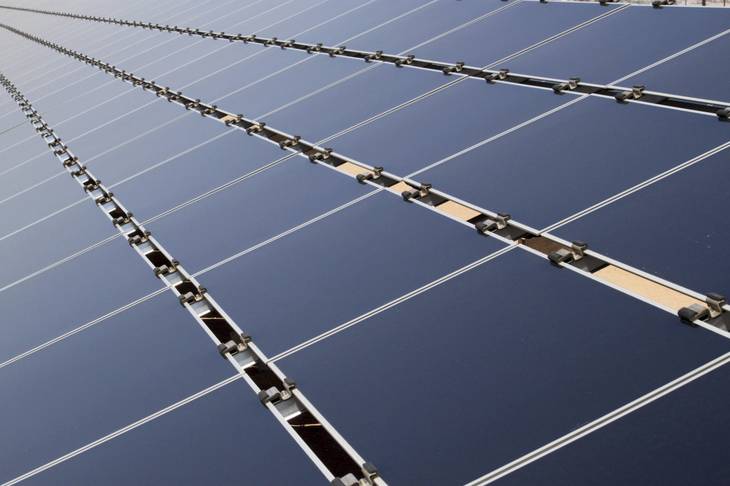A solar tariff is stirring concern in some parts of the industry as companies anticipate the loss of thousands of jobs.
President Donald Trump imposed a 30 percent tariff to start Feb. 7 on imported solar parts after the International Trade Commission found the domestic industry, represented by companies Suniva and SolarWorld, was injured by imports. After a return to the state prompted by a restored power compensation program, Sunrun is now looking at how the tariff will impact costs, prices and employment.
Alex McDonough, vice president of public policy at Sunrun, said that the problem with the new tariff is that it’s so universal, only excluding countries that do not manufacture solar parts. Current anti-dumping duties apply to China and are intended to prevent those foreign companies from lowering prices on exports while charging more for domestic sales.
The Solar Energy Industries Association estimates the tariff will lead to the loss of 23,000 jobs nationwide. It’s unclear how many jobs in Nevada may be lost.
McDonough said Trump could have chosen to impose the 50 percent maximum tariff allowed under the law.
“Just because it’s less bad doesn’t mean that tens of thousands of people won’t lose their jobs in the solar industry as a result of the decision,” he said.
The administration can choose to review the four-year tariff at any time, but that it will come under a mandatory review after two years, McDonough said. The 30 percent tariff will phase down 5 percent per year for four years, landing at 15 percent in the fourth year. The president can then extend it, but may not increase it.
Sunrun left Nevada after the collapse of its net metering program, which sought to fairly compensate energy customers for excess solar power produced by their home panels and sent to the grid. The 2017 Legislature restored the program through Assembly Bill 405, which was sponsored by Assemblyman Chris Brooks, D-Las Vegas, prompting Sunrun’s return to the state.
Trump’s tariff decision “not only threatens our state's expanding clean and renewable energy economy,” Brooks said in a Jan. 23 statement, “but threatens thousands of solar installation jobs in Nevada that were created as a result of landmark legislation from our last legislative session.”
Democrats in Nevada’s congressional delegation also spoke out against the decision last week, calling it a job-killer that would weaken the industry. SolarWorld, however, released a Jan. 22 statement in favor of the tariff decision.
“We are still reviewing these remedies, and are hopeful they will be enough to address the import surge and to rebuild solar manufacturing in the United States,” Juergen Stein, CEO and president of SolarWorld Americas Inc., said in the statement. “We will work with the U.S. government to implement these remedies, including future negotiations, in the strongest way possible to benefit solar manufacturing and its thousands of American workers to ensure that U.S. solar manufacturing is world-class competitive for the long term.”
McDonough said the companies in the trade case account for a small fraction of the 38,000 solar manufacturing jobs in the U.S., and that whatever gains are made there as a result of the tariff will not offset damage to the rest of the industry.
“It represented a very, very small portion of the industry calling for these tariffs and that’s going to result in many, many more jobs lost than solar panel manufacturing could generate,” he said. “Vastly more.”
